Editor’s Note: The following article about the rise and development of 3d printed design first appeared in HOW magazine. (By the way, we’re giving away the digital edition for free, so download a copy here if you haven’t—and, of course, subscribe to experience HOW all year.)
The question What would you make if you had a 3D printer? elicits different answers depending on whom you ask. A child may want to print toys. An artist would make art. A war veteran missing a limb could design and produce her own prosthetic. Additive manufacturing, known as 3D printing, has given us the ability to create nearly anything, which is why there’s no right answer to the What would you make? question.
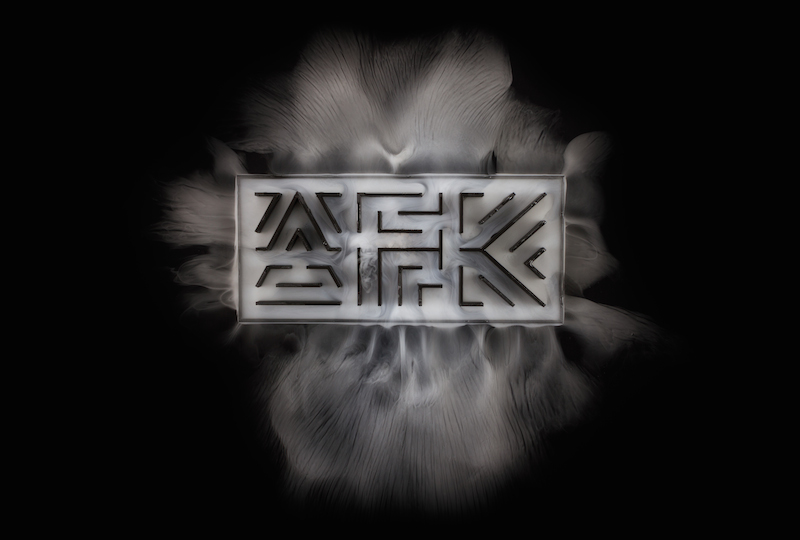
3D printed typographic sculpture by Thomas Wirtz
In a short amount of time, 3D printing has transformed how we conceive and develop products as either prototypes or finished, fully functional 3d printed design works. The next 10 to 20 years will see further innovation, perhaps going beyond our own planet. In one possible future, astronauts orbiting Earth, living on the moon or on Mars wouldn’t need to have parts flown to them using costly rockets. Data would be transmitted to their computer terminal wherever they are, and the part could be 3D printed. Watching Matt Damon as Mark Watney in The Martian, I kept wondering when he’d employ 3D printing to solve one of the many problems he faced. Couldn’t he have 3D printed his own potatoes using the Foodini instead of nearly blowing himself up trying to irrigate his crops?
The Foodini isn’t science fiction. Natural Machines has made a food printer, and it is called the Foodini. (How about them apples, Mark Watney?) 3D printing your own food is very much a reality—and not only can you print food, but with the right equipment and technical know-how, designers are 3D printing objects as large as a bridge in a future-forward project that Dutch startup MX3D began in late 2015, partnering with Autodesk. Bridges, jewelry, cars, security cameras, book covers, typography. If you can imagine it, chances are you can print it.
Letter A from a 3D printed typographic series by Like Minded Studio
FROM SCIENCE FICTION TO SCIENCE NOW
Once considered science fiction, what we know today as 3D printing was called “rapid prototyping” in the 1980s. Fabricating machines quickly produced models for industrial design, changing the face of user testing and putting models in the hands of designers and clients. You rendered a 3D model using CAD (computer aided design) software. A CAM (computer-aided manufacturing) process, such as the additive method of SLA (stereolithography) or the subtractive method of CNC (computer numerical control) machining produced the models known as rapid prototypes.
Founded in 1985, Charlotte, NC, design studio BOLTgroup has been using CAM for decades. Its principal Monty Montague recalls a time when stereolithography machines “were very expensive,” maybe “$30,000 or more.” In the 1980s and 1990s, few studios could afford to purchase their own CAM tools, and many, such as BOLTgroup, outsourced the 3D production, as Montague notes. “Prior to the 2000s, outsourcing was a better financial decision because the technology was expensive and changing rapidly … so if we invested in a $30,000 machine it might be obsolete in a couple years.”
An array of 3D printed product prototypes by BOLTgroup
Into the 2000s, rapid prototyping made its way to more and more colleges and universities, where enterprising and inventive faculty and students got their hands on the technology. Courtney Starrett, assistant professor of fine and digital arts at Seton Hall University, worked with it in 2003 during her MFA studies at the Tyler School of Art. “I was mainly producing jewelry objects and very small sculptural forms. It was clear that we were not only learning about new tools but working to define a new medium in making. The ultimate challenge at the time was to produce designs in CAD that could not be manufactured any other way.”
3D printed jewelry by Courtney Starrett
Starrett recounts how producing designs at that time cost about 10 times what they cost today. The CAD-CAM workflow took designs from inception at the software end to completion at the manufacturing end. “We now talk about its significance in the new industrial revolution, how it has changed the economic structures and business models of independent designers,” Starrett says.
In her own shop, Starrett creates intricate designs using the technology, and in the classroom she’s instructing the next generation of artists and designers. “I have used 3D printing in the classroom in a number of ways over the past 10 years. I love seeing the excitement of a student holding an object that they made in their hands. It can be very empowering to make things. I believe that this technology is inspiring creativity and imagination. I think we are only limited by our imaginations.” She continues to work with 3D technology at Seton Hall, as well as with her husband Michael Gayk, to design their jewelry and home goods line through Plural Studios.
The immediacy that 3D printing offers artists and designers has blessed them with the ability to create anything and everything, but Starrett suggests that not everyone will be a designer. “I think many people are currently tinkering and trying out a novel and exciting way to make things. I do worry about all the plastic stuff that people are producing just for the sake of making.”
Although everyone can have access to the tools, the software is not that easy to use, making for a rather “steep learning curve on the modeling end,” in Starrett’s opinion.
3D printed typographic project by Like Minded Studio
IDEA TO FINISHED PRODUCT, AND BEYOND
Designing in two dimensions is challenging enough, but add a third dimension, and it gets even more complex, whether you’re using free, open-source software such as Blender, or you’re a subscriber to Adobe Photoshop CC. Most people are surprised to learn that Adobe Photoshop CC has the ability to render in 3D, as well as features to create 3D printed design work. No matter the software you use, having a background in 3D modeling or engineering definitely helps. You could also teach yourself how to use the tools from the ground up.
But what if the software was user-friendly with a drag-and-drop interface, and as an added bonus, you could make those objects look good and also do something, giving it interactive capabilities?
Meet Nascent Objects. Use any of their modules (sensors, a camera, a mini-computer, microphone, GPS and more), upload or create your own 3D design, use Nascent’s software to drag and drop modules onto the design, and fashion and print your circuitry. Plug your modules into the printed shape, turn it on and it starts working—instantly.
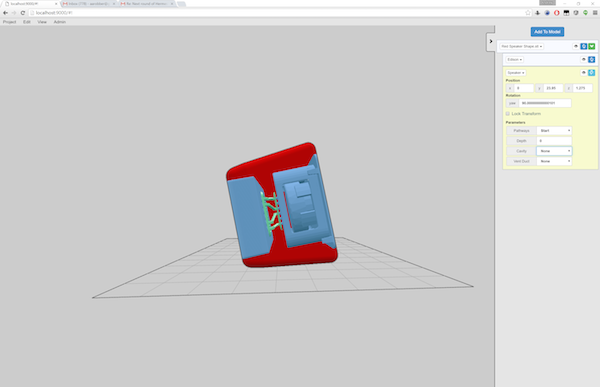 3D printed design process via Nascent Objects modules
3D printed design process via Nascent Objects modules
It’s product design made simple, including software that has what Nascent’s founder and CEO Baback Elmieh calls a “WordPress-like” environment to develop your designs using WYSIWYG software.
The products are strong enough to pass drop tests thanks to the SLA 3D-printed exterior forms. And they look good too. From an entrepreneurial perspective, Nascent Objects is less about rapid prototyping, and more about rapidly producing a design that you bring to market quickly.
Its system is open, easy and—from a sustainability perspective—reusable. End consumers can swap out individual items instead of scrapping the entire product. Consider Head of Security, a home monitoring system with a 3D printed bear head.
Don’t like the bear head? Take it off, use its camera, and make your own security system. Camera broken or in need of an upgrade? Keep the housing, and merely replace the camera.
San Francisco design studio Ammunition worked with Nascent Objects to develop and test the system, and Ammunition also designed pilot products in partnership with Nascent, as well as designing Nascent’s brand identity and packaging system. Using Nascent Objects, Ammunition created the water-usage tracker known as Droppler, Head of Security, and a camera known as CouCou.
“CouCou”
Thanks to the Nascent Virtual Incubator, more people will have the opportunity to use Nascent Objects to bring their ideas to market. During an eight-week program in partnership with Ammunition, designers will receive individualized consultation via web-conferencing sessions. Everything from use analysis to concept development to 3D modeling will be covered, along with crowdfunding, branding and app design, among other topics. Nascent will select participants based on a range of criteria, and at the incubator’s conclusion, they will receive not only their design, but also a strategy to launch it.
FORM, FUNCTION AND FUN
Nascent Objects has made the 3D design and production process simple, and enabled anybody to create products that can go to retail immediately.
But as more people learn to use the hardware and software, what happens to the designers who have long been the subject matter experts? Will they lose clients? Even though many companies are getting their own 3D printers in-house, including some of BOLTgroup’s clients, Monty Montague insists that they still hire BOLTgroup “for brains, creativity, process and managing the complex steps from idea to end product.”
And the process is complex. There are a lot of variables to consider when it comes to designing in three dimensions, no matter the object’s size or how it’s used. You can work small, create prototypes, create finished products, or you can work as large as a bridge or as complex as a car. Local Motors built their first 3D printed car, the Strati, in 2014.
The LM3D Swim, the first in Local Motors’ LM3D Series of 3D printed cars
It “took 44 hours to print, assemble and drive,” says their director of public relations and content, Adam Kress. Cars in Local Motors’ LM3D series might hopefully take 24 hours to produce, and 3D printing offers a significant edge when it comes to automotive design, says Kress. “The key advantage to building cars with direct digital manufacturing (DDM) is that we can iterate on designs extremely quickly. As we build out the LM3D series, we expect to debut several different models/iterations per year. The fact that we don’t have to retool our machines means we can adapt quickly to the specific needs of the market.”
Plenty of companies, from enterprise-scale to startups, are creating 3D printers for industries, professionals and hobbyists. Some can print a car, and others are intended to print smaller designs. Like any technology, there’s a learning curve.
Shai Schechter, CEO and founder of Deltaprintr, not only provides 3D printers to his customers, but he also believes in “educating the public about the possibilities of 3D printing,” which is a value add when it comes to any technology, especially one as complex as 3D printing. “At Deltaprintr we believe that our service does not end when the customer purchases our printers and starts using them. Many users approach us mesmerized by the complex and exciting field of 3D printing but don’t have a clue as to what they can use it for. That is where we come in. With our Ambassador Program we are aiming to [jump-]start the next industrial revolution in the classroom, at every school.”
Delta Go 3D printer by Deltaprintr
As printer prices continue to drop, more people will be able to get their own, like Deltaprintr’s Delta Go that will cost $499, preassembled. Don’t have the money or space for your own 3D printer? Then find one nearby using 3D Hubs, which connects people to 3D printers through an online service with a network of over 29,000 3D printing locations. With companies like 3D Hubs making 3D printing more accessible, we’re likely to see a three-dimensional design explosion over the next few years.
Everyone and anyone will use the technology to create the ordinary, or imagine the extraordinary, like art director Helen Yentus did when designing a recent book cover. When Riverhead’s publisher Geoffrey Kloske asked her to design a cover for the special edition of Chang-rae Lee’s On Such a Full Sea, he asked her to “do something that’s never been done before.”
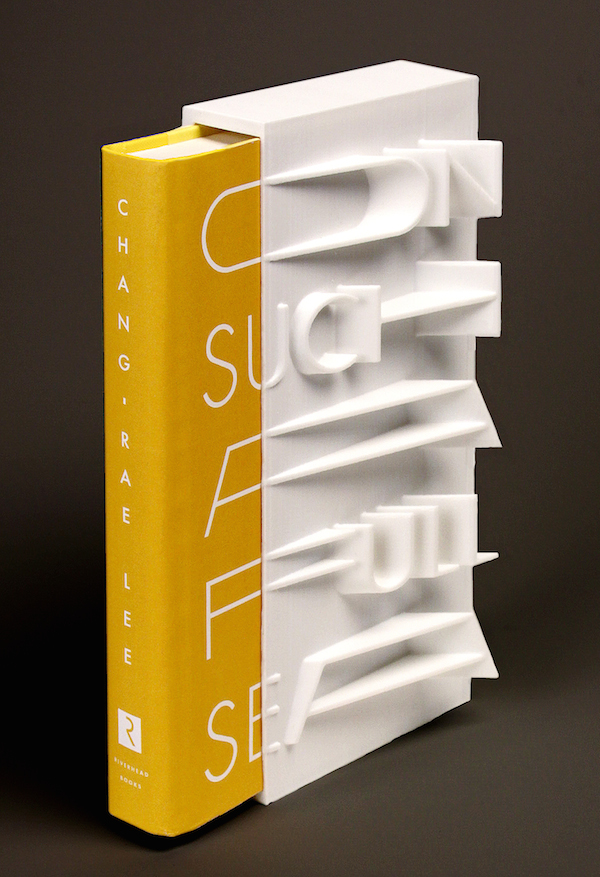
3D printed book cover design by Helen Yentus
As somebody who “works with flat six-by-nine rectangles all the time,” Yentus welcomed the difficult task of coming up with a fresh and exciting book cover. She knew she wanted to produce a futuristic design to showcase Lee’s futuristic story, and from the various concepts she proposed, a 3D cover was chosen.
As the project moved from the brainstorming phase into design and production, she felt trapped in what she called a “numbing void.” A 3D printed book cover had never been made. For her, the possibility of failure was high because Riverhead would be the first publisher to attempt it. Given three months to create the first-ever 3D printed slipcover, Yentus’s enthusiasm and her interest in making something unique kept her focused on the task and determined to make it look exceptional.
She had the right attitude through the entire process: “If I’m going to do this, I want it to be unlike anything I’ve ever seen.”
Fortunately, this wasn’t her first dance with 3D printing and she had an ally: one of the biggest players in the industry, MakerBot. The 3D typography for Riverhead’s The Innovator’s Cookbook (2011), another cover she designed, connected Yentus to a company that has paved the way in 3D printing technology and applications since 2009. MakerBot partnered again with Riverhead and Yentus for On Such a Full Sea, printing the covers using the MakerBot Replicator 2 Desktop 3D Printer. The limited-edition 3D cover isn’t a true cover but rather a one-piece slipcover revealing part of the hardcover book. Each limited-edition cover took 15 hours to print, although preliminary designs and covers had taken up to 30 hours. The 200 limited-edition covers were hand-tuned, sanded down in order to clear away residue left over by the printer. The entire process involved numerous prototypes, all made through trial and error.
The 3D printed cover was made in addition to the regular hardcover, which has the book’s title within the heroine’s hairdo. Having experts from MakerBot participate in the design and production process helped Yentus understand the possibilities of 3D printing, and more importantly, it helped her understand the constraints, since some of her ideas were beyond the scope of the technology. All of the work and troubleshooting proved worthwhile, with an end product appearing like it was crafted during a dream sequence straight out of Christopher Nolan’s Inception.
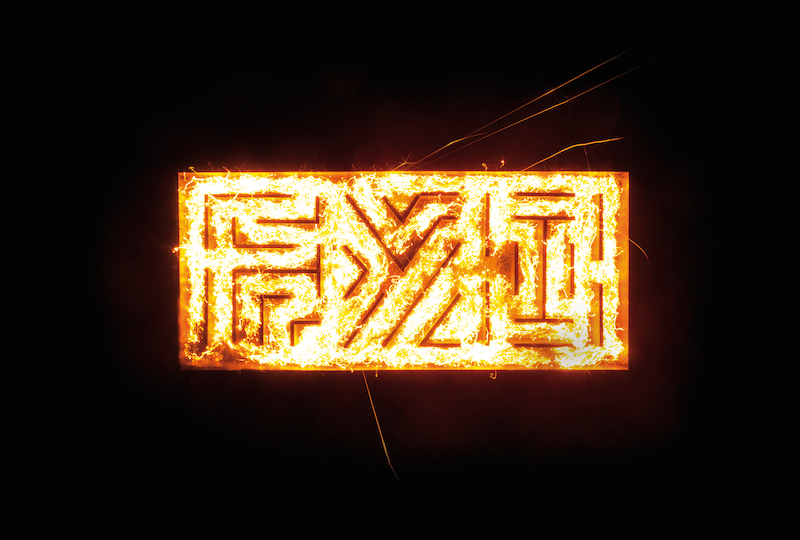
Thomas Wirtz’s 3D printed typographic exploration
Similar in form, but different in function, Thomas Wirtz explored typography and physical phenomena by making a set of geometric 3D printed letters, which he then filled with fluid, making the liquid swoosh and flow throughout the design.
Process for Thomas Wirtz’s 3D printed design work
From books to typography, industrial design to art, functional products to decoration, there’s 3D printing for everyone. Even cats. Jwall, the artist behind PRINT THAT THING, designed and 3D printed armor for his cat Bobo, who needed protection (as well as a Halloween costume). Because, why not make cat armor? Want to make your own? Find Jwall online. “I do plan on teaching my subscribers how to design their own types of armor once I learn more techniques on Blender,” he says.
3D printing has made it easy to experiment on your own and design in three dimensions, whether you’re a novice or advanced designer, if you have a plan or if you’re shooting from the hip. In the very near future, when 3D printers become a common household item, what will you make? Maybe there’s only one answer: What wouldn’t you make?
Read more about 3D printing in HOW’s Summer 2016 issue, or subscribe to get HOW all year long.
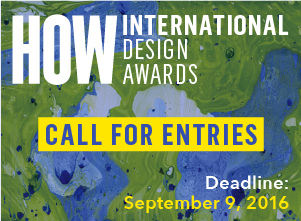 The HOW International Design Awards recognizes excellence on a global scale—and every year, hundreds of winners get international exposure in the award-winning HOW magazine. Enter today.
The HOW International Design Awards recognizes excellence on a global scale—and every year, hundreds of winners get international exposure in the award-winning HOW magazine. Enter today.








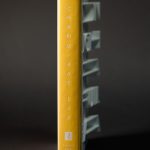
Nice !